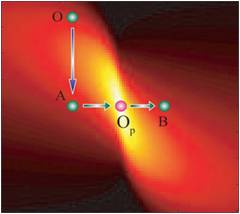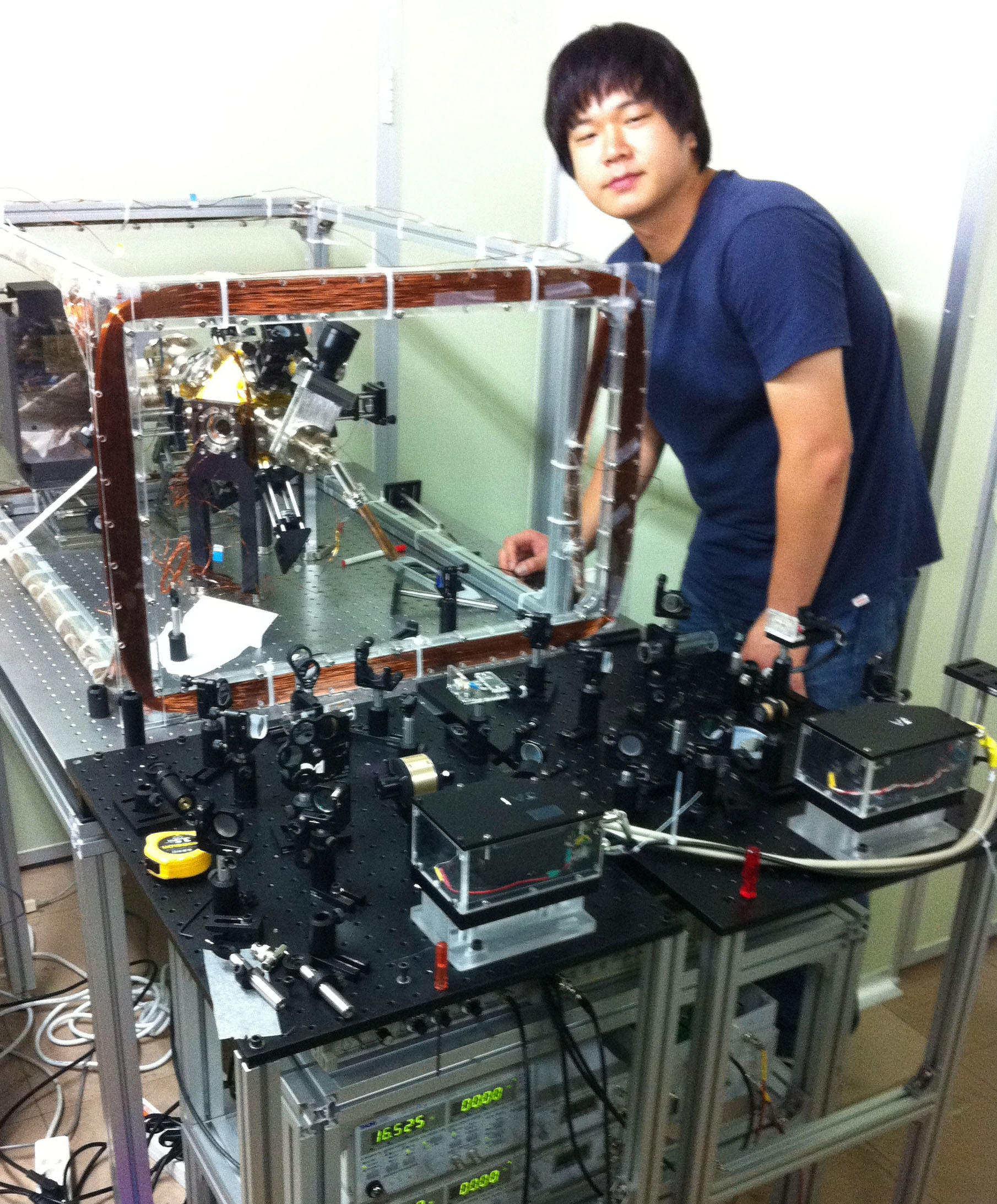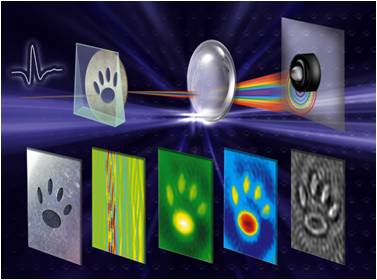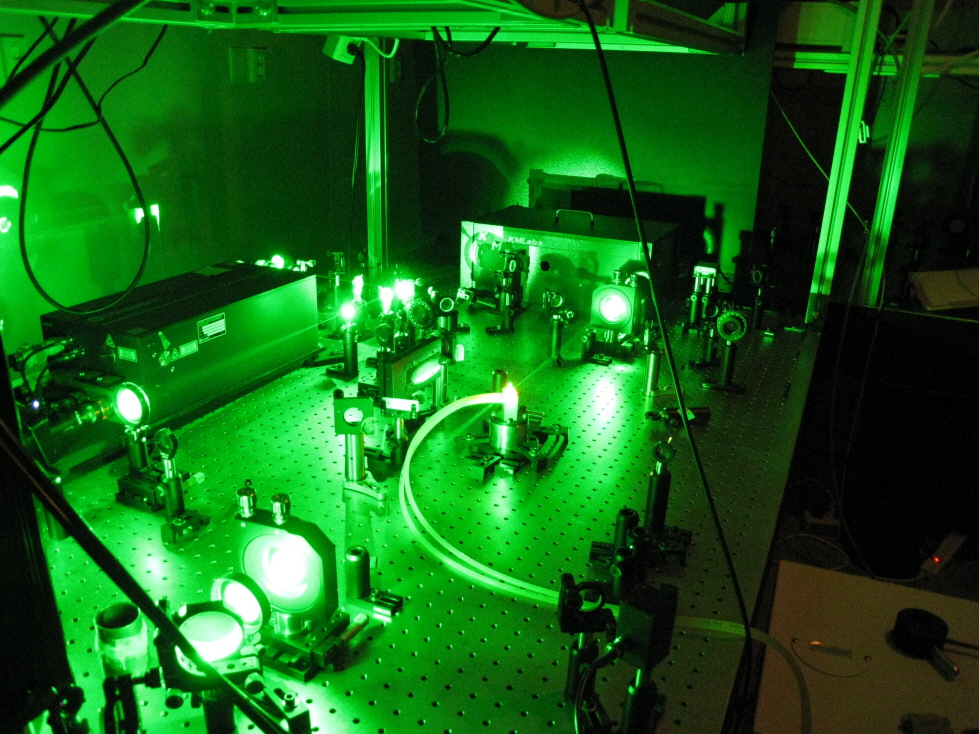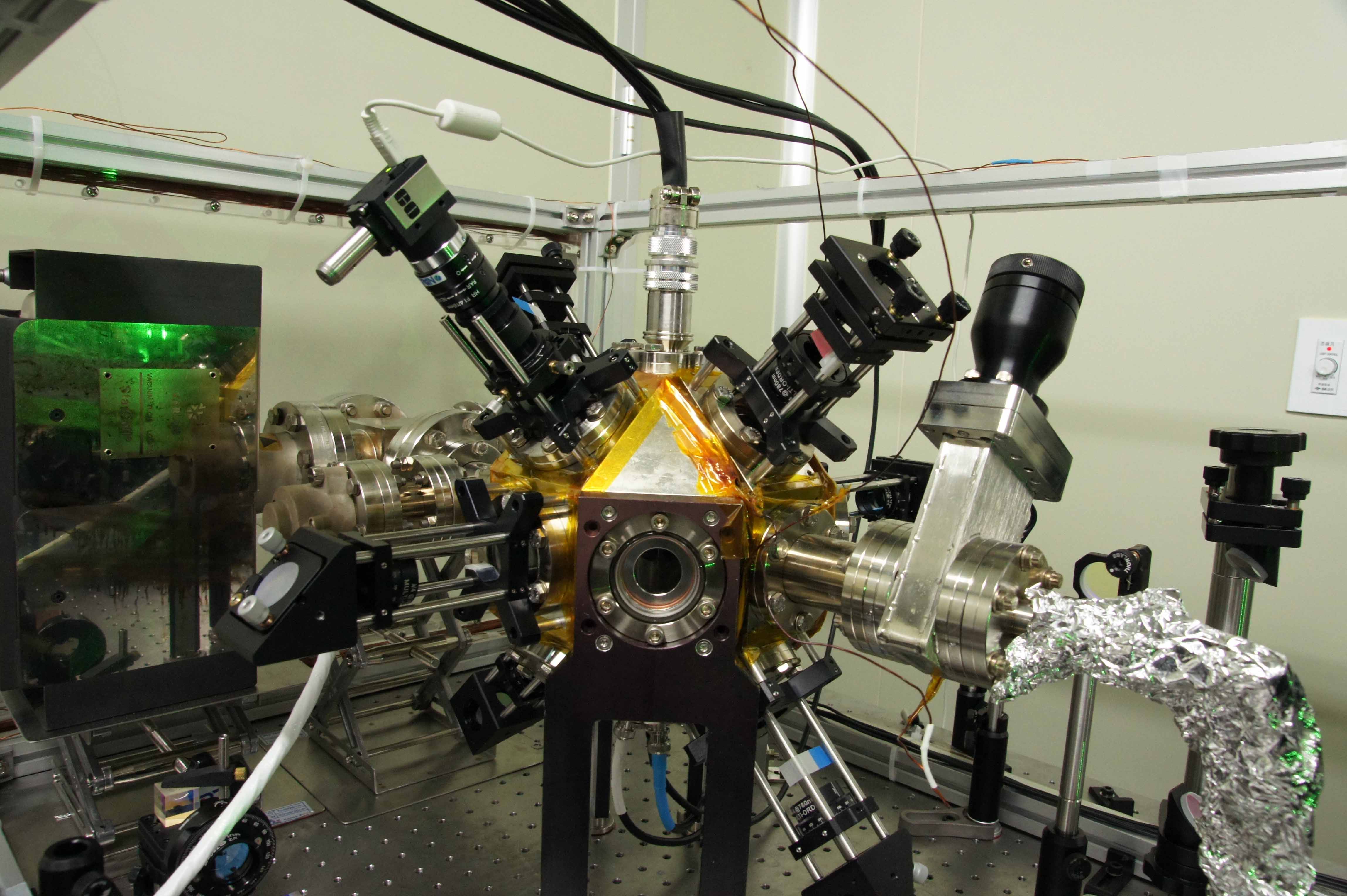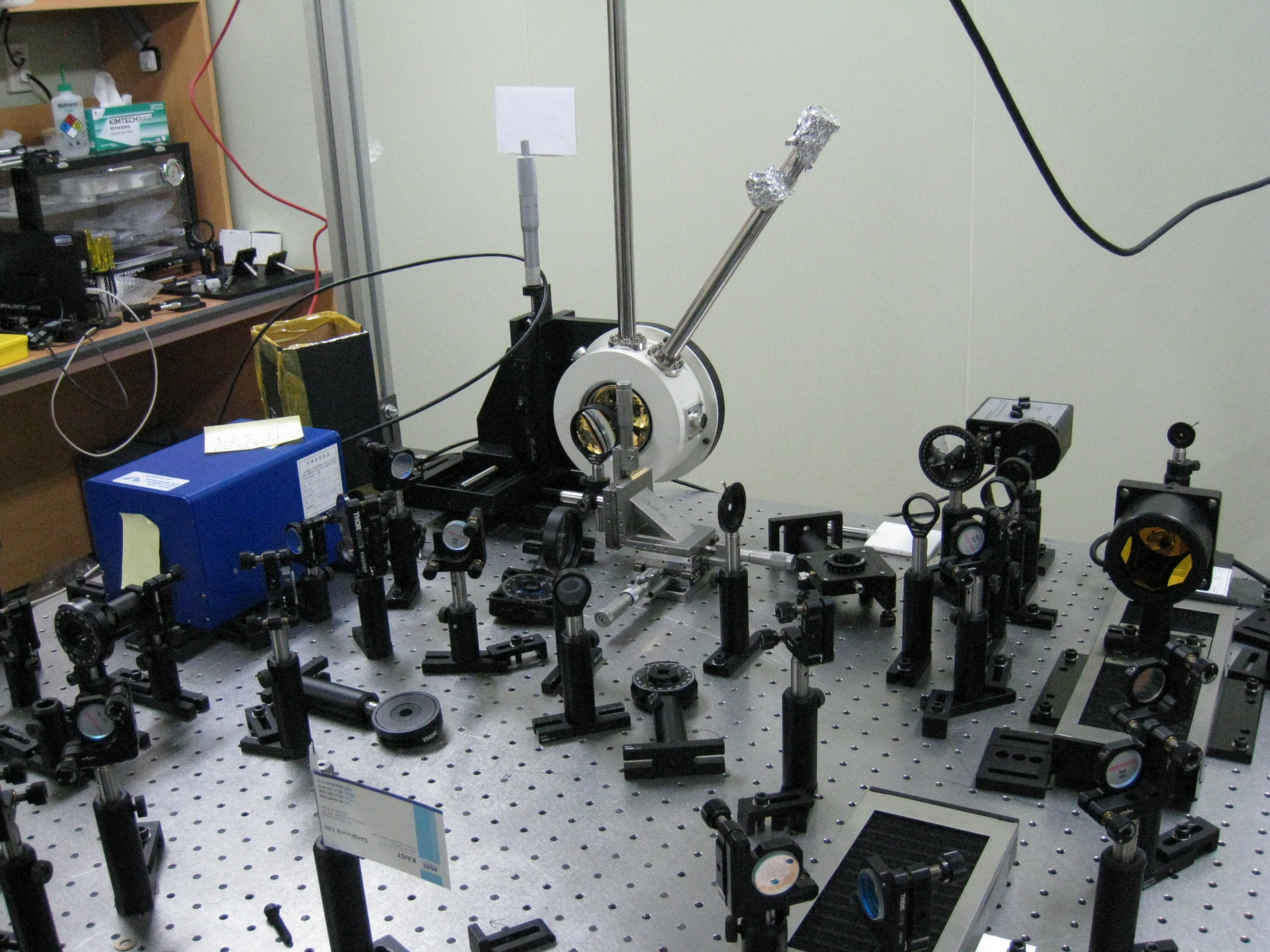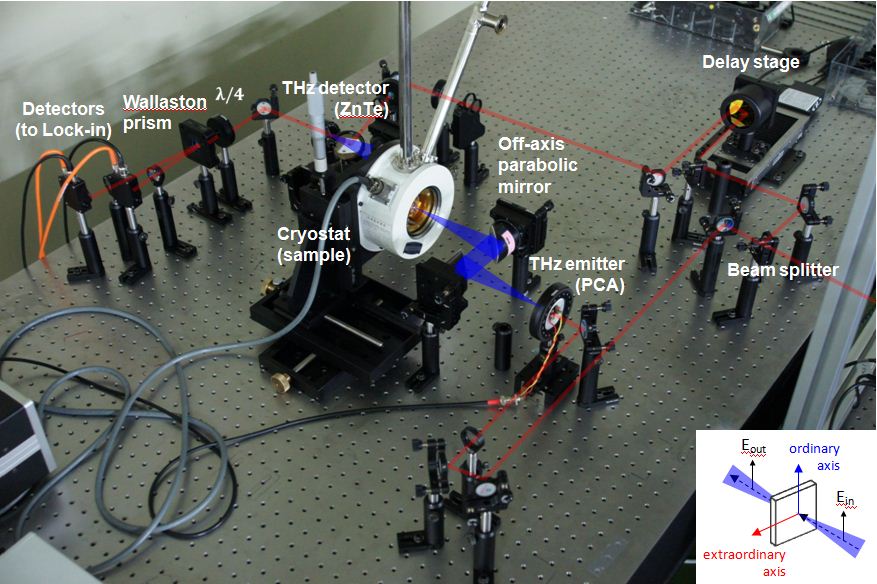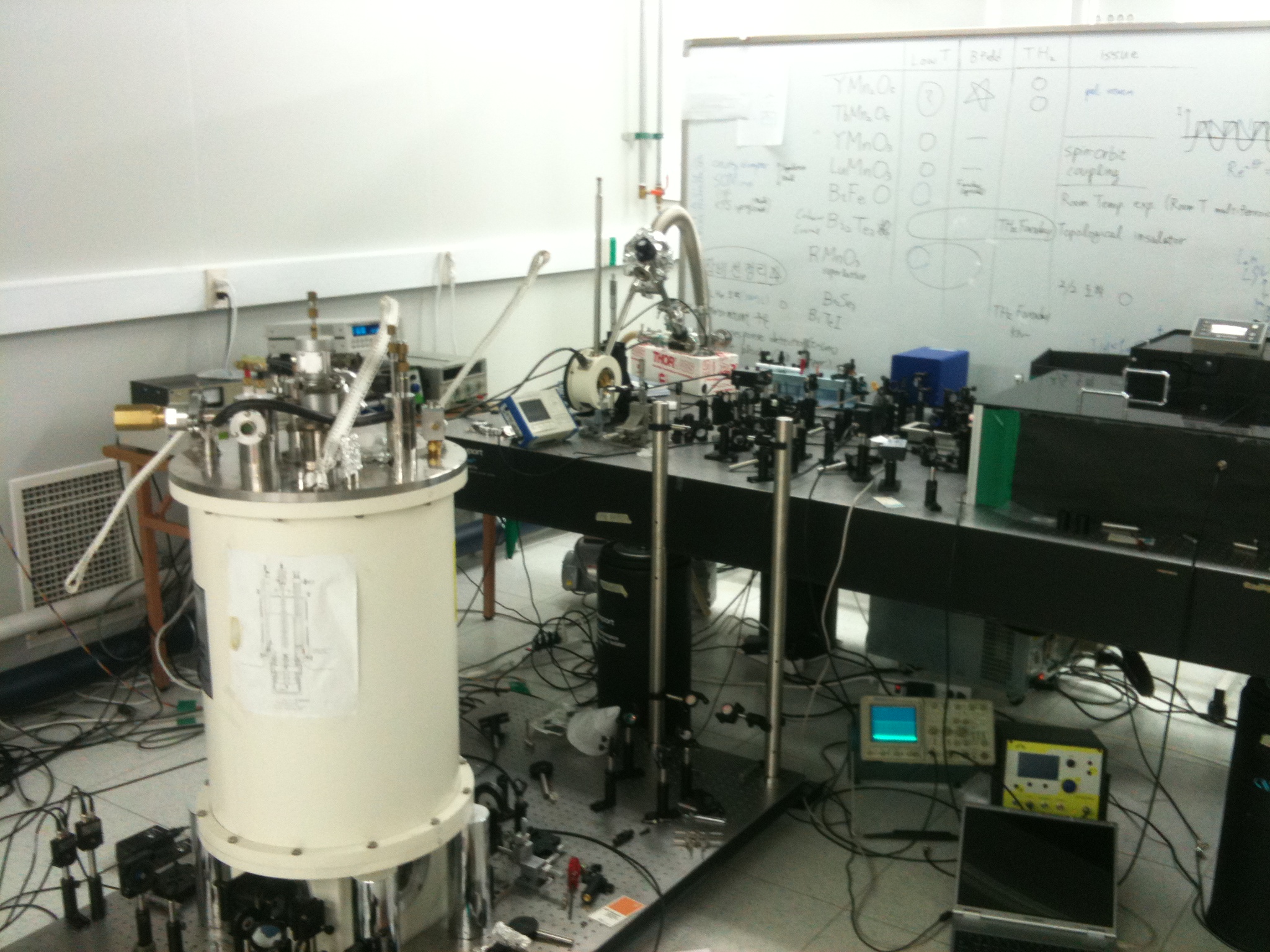Difference between revisions of "Research"
m (→Lab Photos) |
|||
| Line 15: | Line 15: | ||
</td></table> | </td></table> | ||
| − | === | + | === Rydberg atom quantum computation === |
<table style="border-collapse:collapse"> | <table style="border-collapse:collapse"> | ||
<td> [[Image:THz.jpg|right|150px]]</td> | <td> [[Image:THz.jpg|right|150px]]</td> | ||
<td width="20"></td> | <td width="20"></td> | ||
<td> | <td> | ||
| − | + | Quantum computing has developed, during the last two decades, from a visionary idea to one of the most fascinating areas of modern physics. Being considered as one of the most impactful future technologies, quantum computers are studied by research scientists around the world. Numerous unseen technical problems that are involved with the quantum nature of many entangled particles are being challenged. We focus on neutral-atom based quantum computation, for which we have developed our own method of making arbitrary atom lattice configurations with optical micro-traps. The number of atomic qubits exceeds N=40 with pairwise or trio entanglements. | |
| + | [[Atom-DHOT|latest results]] | ||
</td></table> | </td></table> | ||
Revision as of 07:47, 17 February 2017
Intro in Korean
Quantum Control
| Recent advances in ultrafast laser and optical pulse shaping techniques have brought the use of shaped pulses of optical frequency for the manipulation of quantum systems. This field, known as quantum control, though being started as a theoretical exercise, has rapidly become an experimental reality in a vast variety of materials extending from atoms and molecules to condensed matter and biological materials. latest results |
Ultra-cold Molecular Quantum Computing
| Quantum computing seeks to write, process, and read information on quantum level. We envision that the phase evolution of vibration wave-packets of ultra-cold diatomic molecules captured in magneto optical trap computes quantum algorithms. |
Rydberg atom quantum computation
|
Quantum computing has developed, during the last two decades, from a visionary idea to one of the most fascinating areas of modern physics. Being considered as one of the most impactful future technologies, quantum computers are studied by research scientists around the world. Numerous unseen technical problems that are involved with the quantum nature of many entangled particles are being challenged. We focus on neutral-atom based quantum computation, for which we have developed our own method of making arbitrary atom lattice configurations with optical micro-traps. The number of atomic qubits exceeds N=40 with pairwise or trio entanglements. latest results |
Miscellaneous
Lab Photos
1. Quantum Control Lab in Physics 3317
2. Ultrafast Spectroscopy Lab in KI Basement
